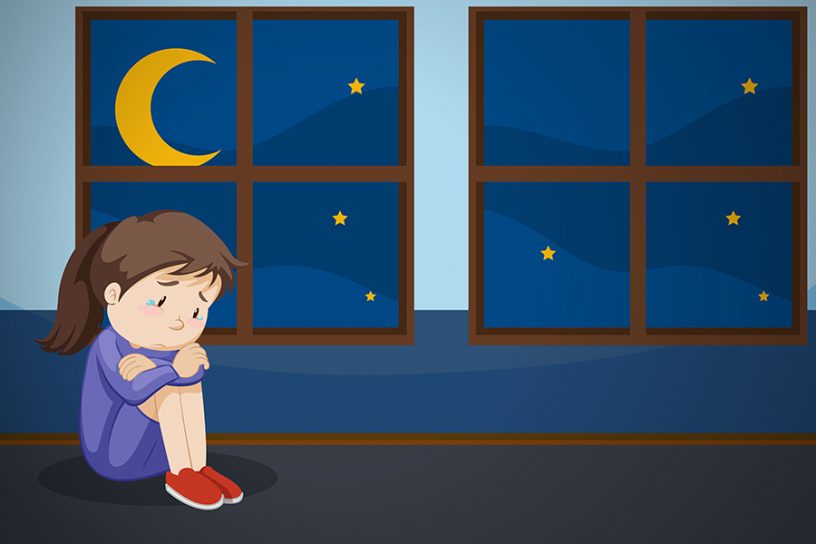
There is a need for primary prevention and clinical intervention and spreading awareness about child sexual abuse as well as empathic responses towards survivors.
Author
Abhinav Mehrotra, Assistant Professor, Jindal Global Law School, O.P. Jindal Global University, Sonipat, Haryana, India.
Summary
The Kerala High Court recently received a petition on the eve of International Women’s Day from a mother of 10-year-old rape survivor who is in her eighth month of pregnancy for judicial intervention in terminating the pregnancy under exceptional circumstances recognised under Section 5 of Medical Termination of Pregnancy Act, 1971. Her father has been booked under the provisions of Juvenile Justice (Care and Protection of Children) Act and the Protection of Children from Sexual Offences Act.
In this light, a question arises: What is the impact both physically and psychologically on the child and what can be the possible way out to prevent and deal with such cases not only at the judicial but societal level too?
The root of the issue is the violation of a woman’s bodily integrity. As a result, she suffers from what is known as Type II trauma — exposure based on traumatic events, adversities and day-to-day stressors, existing birth defect or neonatal problems in infants.
In simple terms, child abuse or maltreatment constitutes all forms of physical and/or emotional ill-treatment, sexual abuse, neglect or negligent treatment or commercial or other exploitation, resulting in actual or potential harm to the child’s health, survival, development or dignity in the context of a relationship of responsibility, trust or power. The gravity of this global issue is reflected by the United Nations’ 2015 Sustainable Development Goals that aim to improve prevention, identification and optimal responses to sexual abuse.
Sexual abuse is accompanied by adverse consequences concerning freedom of choice and opportunities and domestic violence. These have adverse health outcomes like high infant, child and maternal mortality rates. To illustrate, child sexual abuse affects one in eight children and causes massive costs including depression, unwanted pregnancy such as the case under consideration. Thus, there is a need for primary prevention and clinical intervention and spreading awareness about child sexual abuse as well as empathic responses towards survivors.
Published in: CNN-News18
To read the full article, please click here.


